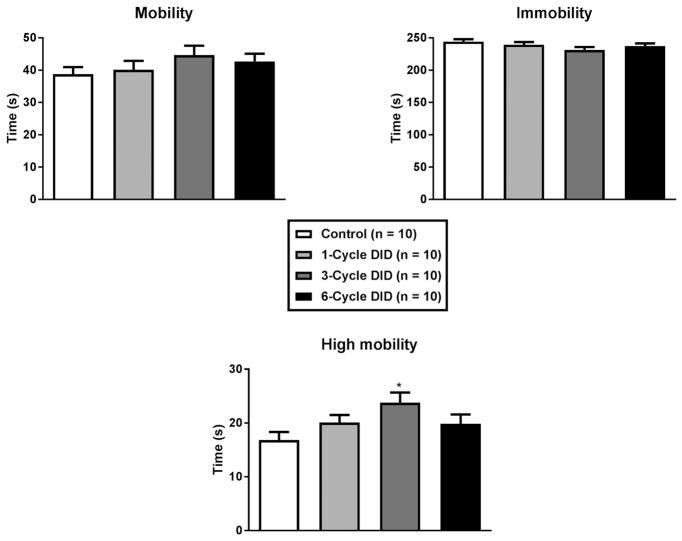Figure 2. Average mobility during the 5-minute forced-swim test.
Relative to water drinking control animals, there were no significant effects of binge-like drinking history (1 to 6 binge cycles) on mobility (A) or immobility (B) measures. Interestingly, relative to controls, mice that experience 3 DID cycles showed elevated levels of high mobility behavior (C; defined as 18% greater activity than the average of mobility behavior). All values are means ± SEM, and * p < 0.05 relative to control.

